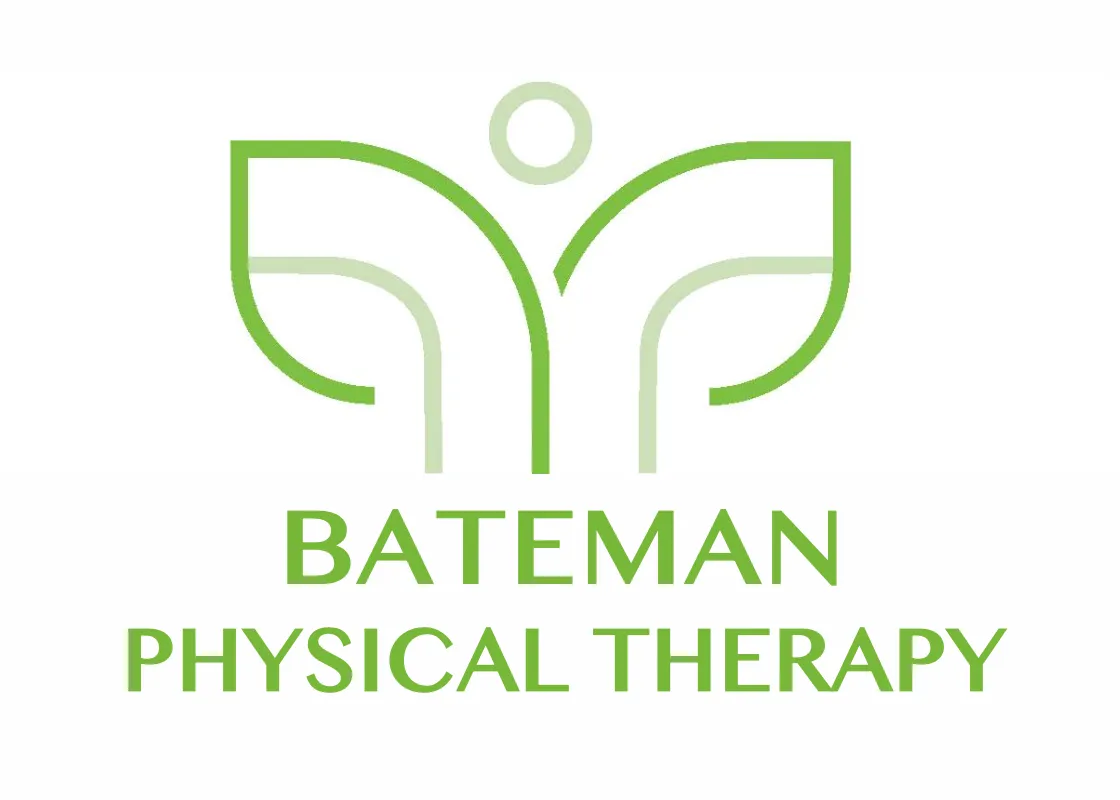Many of you out there may have already discussed – at length – preventative fall measures for either yourself or on behalf of others such as parents, grandparents, or friends. You may have discussed appropriate measures such as removing throw rugs and improving the lighting in your home with a healthcare provider. This may seem redundant or perhaps you are hearing this for the first time because of recent changes in either your health or someone else’s. No matter where you are in this process, I’d like to share some additional resources for you to ponder and discuss with family, friends, and healthcare providers with potentially new ways of looking at why falls are happening and how physical therapists can assist you.
Physical Therapy Vitals
ROUTINE AND ANNUAL EXAMS
First things first, it’s important to have routine health examinations to assess where your health is currently and to catch potential medical conditions to address them early and more effectively. Below are questions you should ask at appointments and other things you should tell your medical provider. They can help lower your, or a loved one’s risk of falls in the future.
1. Medications
- Side effects
- Interactions
2. Bone mineral density
- Your numbers
- Interventions to improve your numbers
3. Hearing
- Understanding how well you can hear
- Interventions to improve your hearing
1. Eye exam
- How well can you see?
- Interventions to improve your vision
2. Prioritizing sleep
- How much sleep do you get?
- Interventions to improve your sleep hygiene and quality
3. Alcohol intake and timing
- If you need to make adjustments to the amount or when you drink
4. Falls
- Mention if you have had any falls without getting hurt that you haven’t reported
- Mention if you fear falling
- Ask if someone can assess your home to minimize the risk of falls if you haven’t already had someone do this
5. Environment
- Does it get cold and icy where you live?
- Interventions to reduce ice near or around your home, different shoe types, etc.
6. Staying hydrated
- How much water do you drink in a day?
- Are there any medications dehydrating you?
7. Blood sugar
- Do you have any conditions affecting your blood sugar?
8. Medical conditions
- Issues with blood pressure or fainting that need to be addressed?
- Increase in bowel or bladder frequency causing you to run to the bathroom?
- Changes in the speed with which you walk? Do you require a device to walk or need a device to walk?
- Examples include Parkinson’s disease, osteoarthritis, diabetes, and peripheral neuropathy, orthostatic hypertension, pain, etc.
9. Aging
- Strength
- Endurance
- Walking
- Interventions to address all of the above
10. Mental Health
- Have you noticed any changes in alertness, memory, or ability to carry out tasks?
Fitness classes
WHY DO THESE THINGS MATTER?
Medications can have side effects that make you dizzy, lightheaded, or confused and can increase your risk of falling. You may also have duplicate medications or medications that interact with each other or things you are eating or drinking that impair your balance. Discuss with your primary care provider and pharmacist to review your medications. These are a few medications that contribute to falls.
- If you do have a fall, a low bone mineral density can increase your risk of fractures and cause hospitalization. This can increase your risk of other medical conditions such as clots, losing strength, and impairing balance, which can overall cause a decline in your health. See information regarding hip fractures from falls here.
- According to the following study( https://www.ncbi.nlm.nih.gov/pmc/articles/PMC3518403/), there is an increased association between falls and hearing that may be due to a few factors:
- Inner ear function and its association with hearing and balance
- Decreased hearing sensitivity can reduce awareness of environmental cues important for preventing falls
- The impact between hearing, attention, cognition, and postural control
- Having poor vision can also affect falls due to a variety of reasons such as poor depth perception leading to inaccurate judgment of environmental barriers. This article provides insight and stats regarding vision and falls.
- Sleep Deprivation
- Alcohol
- Prior falls increase your risk for future falls, especially if there is no intervention provided to reduce the recurrence of future falls.
- Environmental factors are:
- Loose throw rugs throughout the home
- Stairs
- Getting in/out of vehicles
- Small pets can be trip hazards
- Assistive devices such as walkers can increase trip hazards or falls if not used correctly
- Poor lighting throughout your home, especially at night to safely use the restroom
- Falling off step ladders
- Talking on the phone while performing tasks around the home
- Ice on steps or ground
- Being dehydrated can decrease your overall blood pressure, which can increase dizziness upon standing or moving and can create falls
- Not managing your blood sugar, especially with conditions such as diabetes, can increase dizziness, which can, in turn, lead to an increased risk of falling
- Medical conditions as discussed above whether neurological (Parkinson’s disease) or orthopedic (osteoarthritis) in nature can both increase your risk of falls due to a variety of factors such as:
- Poor strength
- Decreased flexibility
- Reduced reaction times
- Reliance on others to assist with safe exercise (potential decrease in physical activity as a result)
- Decreased balance strategies
- Changes in cognition and mental health
- Changes in hearing and vision
- As we age, many factors contribute to falls including the prior listed in #11.
- Mental health is just as important as physical health and can impact falls occurring. Depression is one such example. It can decrease social interactions, which can in turn reduce overall physical activity thus altering strength and endurance. This can lead to a future fall if not addressed appropriately.
STATISTICS
There are many factors to consider in preventing falls and understanding why falls are occurring. The above are lists to consider and are important to discuss with your healthcare provider, and are not an all-inclusive list. Below are some statistics to be aware of regarding falls according to the CDC.
- Falls among adults 65 and older caused over 34,000 deaths in 2019, making it the leading cause of injury death for that group.
- In 2019, the emergency department recorded 3 million visits for older adult falls.
- Older adult falls cost $50 billion in medical costs annually, with 3/4 paid by Medicare and Medicaid.
For more in-depth data, check out this resource.
WHY PHYSICAL THERAPY IS AN APPROPRIATE INTERVENTION FOR FALL PREVENTION
These are alarming rates and why it’s important to continue to discuss amongst each other. The CDC has also provided a resource on interventions for fall prevention here: https://www.cdc.gov/falls/programs/index.html. I’d like to discuss how physical therapy can assist you in reducing your risk of falls.
PHYSICAL THERAPISTS INTERVENE IN A VARIETY OF WAYS TO HELP MITIGATE (OR DECREASE) YOUR RISK OF FALLING. BELOW IS A LIST OF POTENTIAL WAYS PTS CAN ASSIST YOU:
1. Screen for medical conditions contributing to falls
2. Refer out to specialists for medical conditions needing to be addressed
3. In-depth evaluations assessing the following:
- Strength
- Endurance
- Flexibility
- Balance (inner ear function, proprioception, reaction times)
- Cognition and multi-tasking with physical activities
- Neurological screens (reflexes, sensation, etc.)
- Assess gait (quality, speed)
4. Treatment intervention examples to address the above:
- Lifting weights safely and appropriately
- Ambulation
- To improve the way you walk and improve speed safely
- Providing assistive devices and instruction in their use
- Walking in a variety of environments
- Challenging your balance and reaction times on different surfaces and with a variety of tools
- Providing hands-on treatment to improve your flexibility
- Soft tissue mobilization
- Mobilizations for capsules surrounding joints
- High-level cognitive tasks with physical activity
WHY PHYSICAL THERAPY WITH BATEMAN PHYSICAL THERAPY?
At Bateman Therapy Services, you are provided a Physical Therapist to your door. There are many advantages to this style of assessment and intervention. One being that a skilled healthcare provider can assess your environment and how you move within it, whereas most healthcare providers are not given that chance from within the confined walls of a physical therapy clinic. The physical therapist gets to know you on a more personal level – spending more time listening – so the issues most important to you are addressed. This allows the therapist to be better equipped to provide the most appropriate interventions to make a difference in your health and quality of life.



